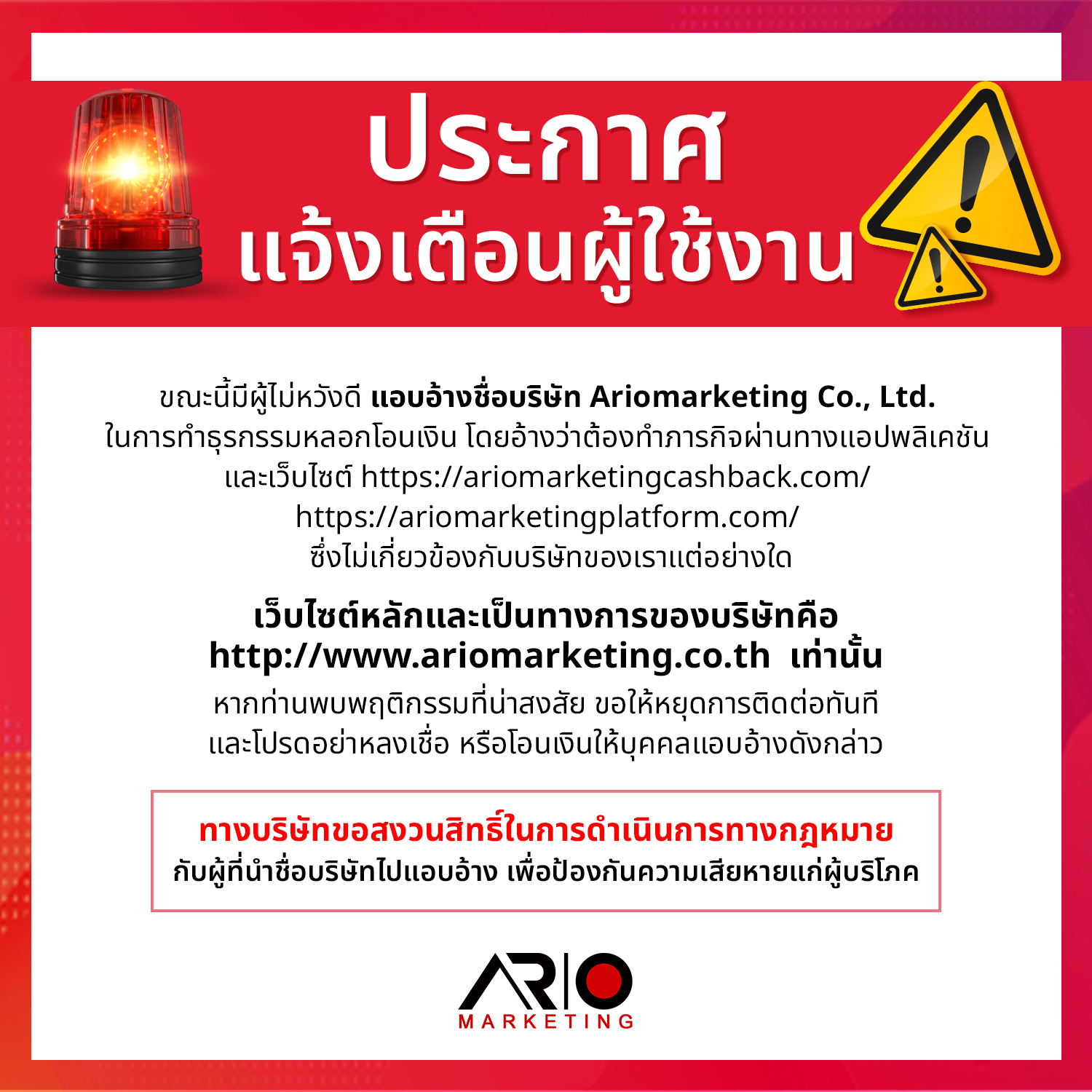Writing a great article in 2025 is more challenging than ever, especially with Google’s evolving AI algorithms. As search engines become more advanced, they can now differentiate between human-written content and AI-generated content, making it crucial for businesses to create genuine, engaging, and valuable articles that feel natural.
For businesses in Bangkok, Thailand, standing out in search results requires more than just inserting keywords. With Google’s stricter E-E-A-T (Experience, Expertise, Authority, and Trustworthiness) standards, content must be well-structured, informative, and written with authenticity.
So how do you write an article in 2025 that ranks well while keeping it human-like and engaging? Let’s dive into the best practices for content writing, keyword placement, internal linking, and FAQ structuring to help your content stay ahead.

Google’s AI-driven updates now analyze content deeper than ever. Instead of just looking at keywords, search engines now evaluate:
This means businesses must focus on quality over quantity. For digital agencies, marketers, and businesses in Bangkok, Thailand, creating high-value content is now a must, rather than just an SEO tactic.
A well-organized article improves both search rankings and user experience. Here’s a proven structure that works:
Your headline should be compelling and include the main keyword naturally.
✅ Example: How to Write a High-Quality Article in 2025: SEO, AI, and Human-Like Content
Start with an attention-grabbing hook. Mention the importance of human-like writing in a world where AI-generated content is growing. Include your main keyword within the first paragraph for better rankings.
Break down your article into sections so it’s easy to read.
Google prefers clear formatting with H2 and H3 headings that improve readability.
Internal links keep visitors engaged on your website longer, improving bounce rates and Google rankings. Link to relevant content using natural anchor text.
✅ Example: For more tips on website SEO, check out our guide on SEO-friendly web design in Bangkok.
Google is smarter than ever—forcing keywords into your content won’t help. Instead, use keywords organically, and mix in related phrases (LSI keywords) to make the writing more natural.
Adding a Frequently Asked Questions section improves SEO and increases your chances of ranking in Google’s Featured Snippets.
This is one of the most debated topics in SEO. Should you bold your main keywords? Should they be linkable?
Best practices for 2025:
For businesses in Bangkok, Thailand, the digital marketing landscape is getting more competitive. Google now ranks websites based on user experience, meaning your content must:
AI can help analyze search trends, but Google is penalizing AI-written content that lacks depth. The key to success? Write like a human, structure content well, and optimize wisely.
The rules of SEO in 2025 are clear—Google rewards content that is structured well, provides value, and sounds human. AI is changing the game, but businesses that focus on authentic, engaging, and informative content will always have an advantage.
Here’s a quick checklist for writing SEO-friendly articles in 2025:
Focus on local SEO, use location-based keywords, and write content that genuinely helps your audience rather than just targeting search engines.
Write naturally, use real-life examples, and avoid repetitive, robotic phrasing. Google prefers human-like, engaging content over AI-generated text.
Use one main keyword and 3-5 related phrases (LSI keywords). Keep placements natural rather than forcing keywords.
Yes! Internal links improve user engagement, reduce bounce rates, and help search engines understand your website structure.
Not necessarily, but FAQs improve search visibility and increase your chances of appearing in Google’s Featured Snippets.
Focus on local SEO, use location-based keywords, and write content that genuinely helps your audience rather than just targeting search engines.
